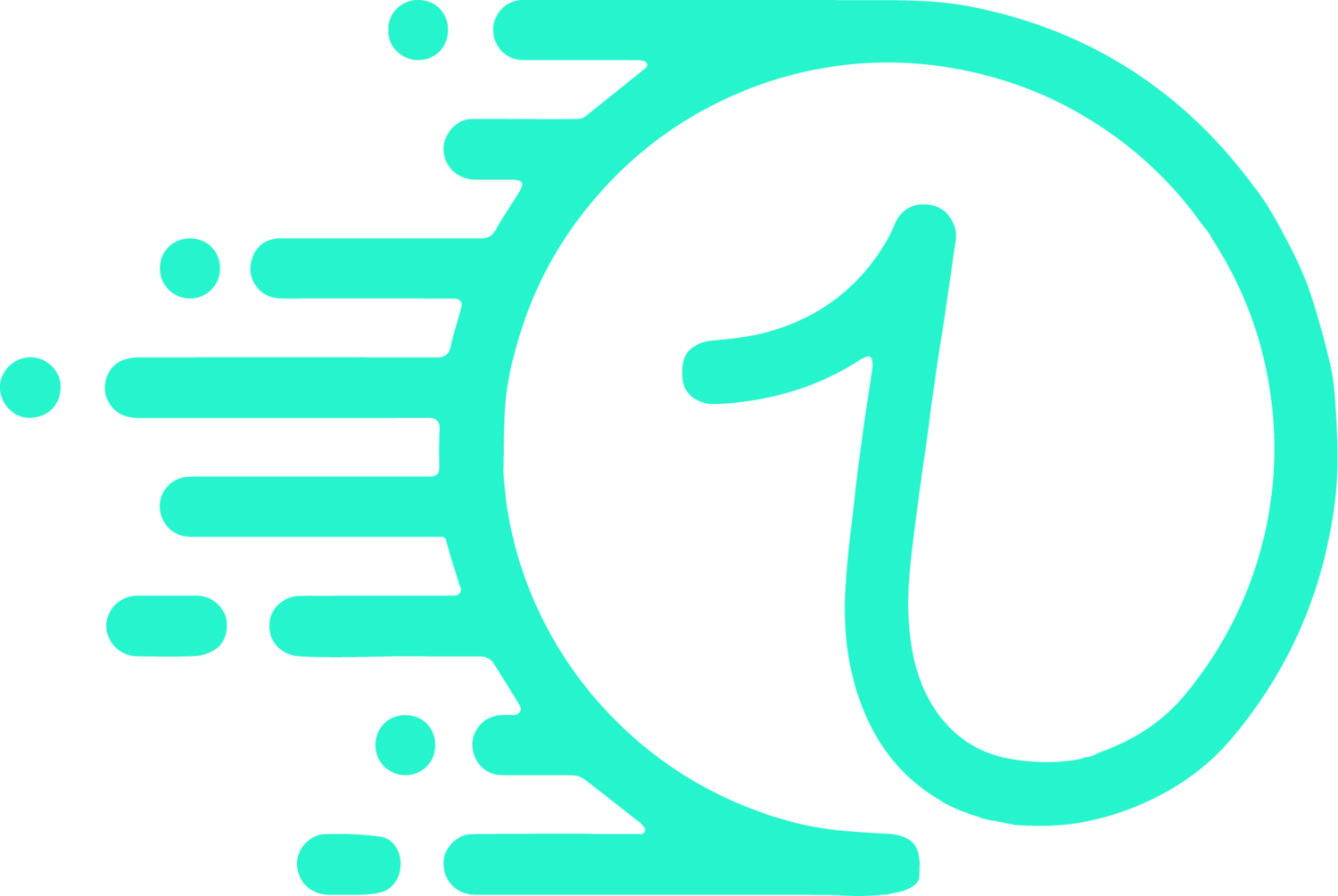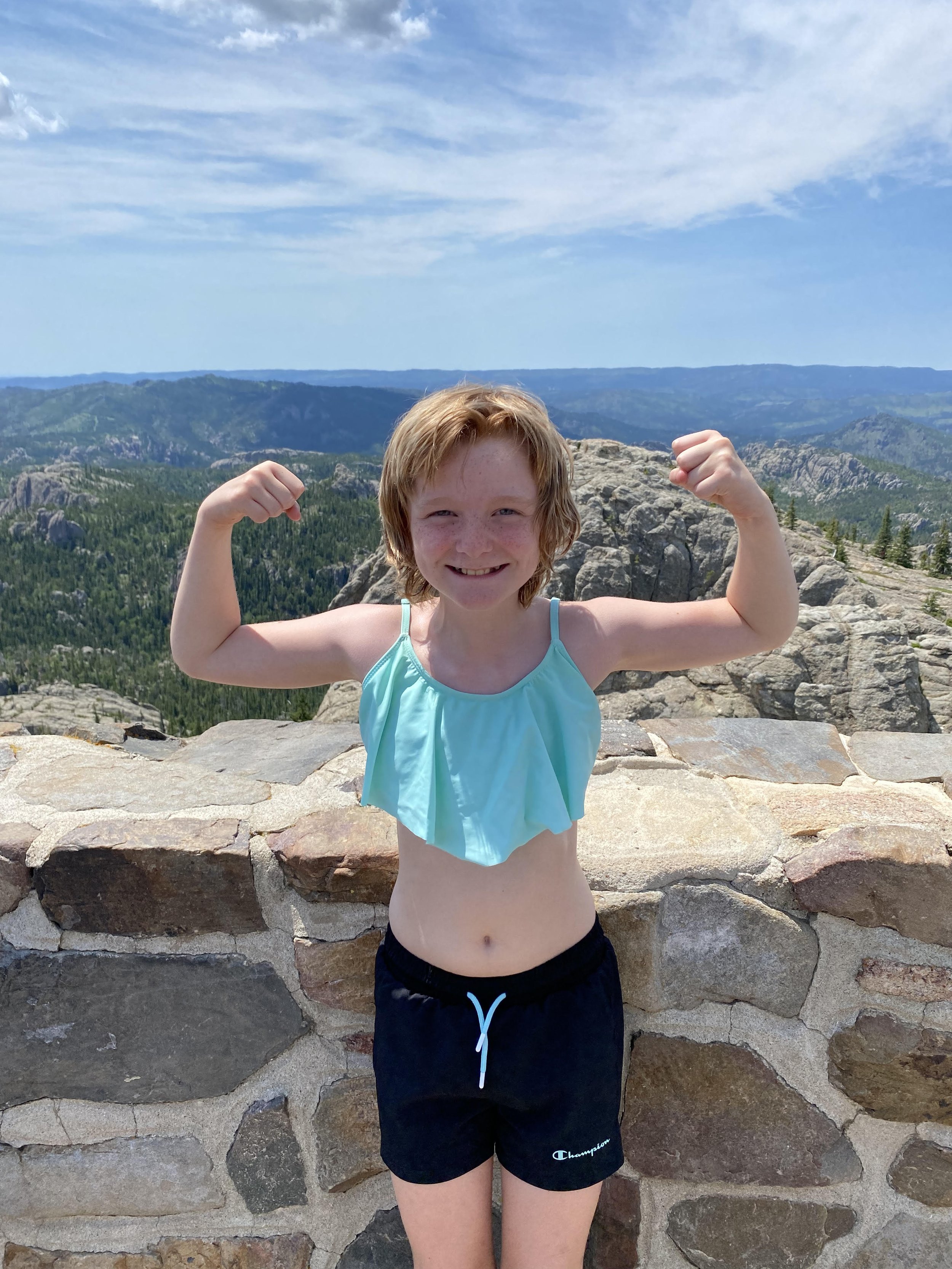Realities of 4%
Cancer is the leading cause of death by disease for children under the age of 19. Yearly 17,000 children are diagnosed with cancer in the United States and 1,800 of them will die from cancer this year alone! Despite that fact, the federal government only allocates 4% of their approximately 6 billion dollar yearly budget to pediatric cancer research. Their reasoning is that cancer in children is rare and therefore hard to do proper research and trials, even though 47 children, enough to fill a school bus, are diagnosed each day in the United States.
Because of the scarcity of research funding for pediatric cancer, children with cancer must rely on adult oncolcogy treatments – treatments that lack the needed precision and are just too toxic for developing bodies. As a result 95% of pediatric cancer survivors will suffer chronic health conditions by age 45 and need lifelong monitoring. So many of these children are getting treated with adult therapies that are decades old and are ruining their futures. On average, adults are diagnosed at age 66 and their goal with treatment is to extend their life 10-18 years. Where as the average for pediatric cancer diagnosis is 6 years old and the hope is to extend life 60+ years but with such toxic treatments that were developed for adults, 60+ years is hard to reach.
In December of 2020, my daughter Harper was diagnosed at 8.5 years old with an Ewing’s Sarcoma tumor around one of her left ribs. She underwent 14 rounds of chemotherapy and surgery to remove the tumor and 4 of her ribs. Currently she is declared as having no evidence of disease. While that is great, she is not completely out of the woods. She has scans every 3 months to make sure the cancer has not returned as well as liver, kidney and heart tests to assess the damage the chemotherapy may have done. When she was first diagnosed, her oncologist went over the 5 drugs she would have during her 14 rounds and the side effects she could experience.
These 5 drugs were originally approved for adult use between 35 and 63 years ago. They are cyclophosphamide, ifosfamide, vincristine, etoposide and doxorubicin. Cyclophosphamide and ifosfamide infusions require another medication to be administered with it to reduce the risk of bleeding in the bladder. Vincristine caused major jaw pain to the point of making eating difficult and made her feet and hands tingly and numb. Harper had an anaphylactic reaction to her second dose of etoposide and so they had to slow the rate of infusion plus add in precautionary allergy medications before and during her treatment. Doxorubicin is also known as the “red devil” and its list of side effects alone are terrifying. This drug has a limit on how much one body can take and Harper had 87% of her lifetime limit, as a 9 year old child! The list of side effects are long but the short term effects Harper experienced were nausea, fatigue, bone marrow depression, sores in nose and mouth and loss of hair. The long term side effects can include infertility, cognitive heart failure, liver and kidney issues, and scariest of all, developing another kind of cancer, all from her chemotherapy treatments, not from the cancer itself. Female pediatric cancer survivors who were treated with chemotherapy are six times more likely than the general population to develop breast cancer later in life.
My daughter most likely will never be able to have her own children because of these drugs made for adults. My daughter’s heart may fail before she’s 55 because of these drugs made for adults. My daughter could have kidney and liver failure because of these drugs made for adults. My daughter is more likely to get breast cancer because of these drugs made for adults. My daughter could be your daughter, or son, niece or nephew, grandchild or neighbor. They are our future but yet we are treating them with the past. Our children need chemotherapy designed for them and their growing bodies, not drugs made for grown adults. We will not stop advocating until there is a change, until there is a cure. Our children are worth more than 4%.
Written By Danielle Reeves


